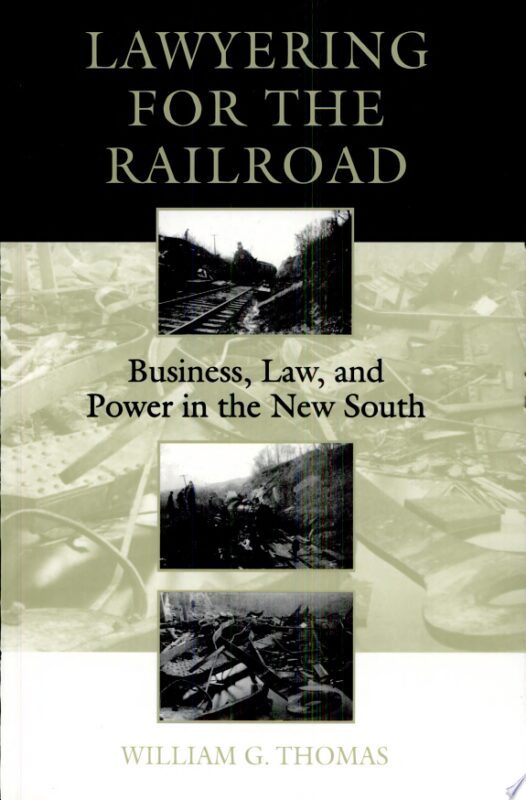NUNC PRO TUNC JUDGMENTS: “BETWEEN-NESS” IS ESSENTIAL
Michael Sean Quinn*
A “nunc pro tunc” (“now for then”) judgment is a device for replacing an already existing final judgment after the court has lost its otherwise plenary power over the judgment. A trial court cannot go on forever being able to change the judgments even if it contains mistakes. There is an exception to this very powerful rule, however, and that is the nunc pro tunc judgment.
So when can a party properly obtain one of these? The way the idea is expressed is confusing. Such replacement judgments are available only for so-called “clerical errors” and not for “judicial errors.”
The line between these two ideas is often quite clear, the paradigm for it is a mistake as to a date or as to, say, a litigants maiden or middle name, or, to give another example, whether a litigant which is and has been identified in the pleading as a corporation is named as an “LLC” in the final judgment. Typos and similar foul-ups are clerical errors. A judicial error is an error that involves judicial reasoning and error in correcting the error in the judgment. The line between them is not always clear, and that’s where the most important appellate cases arise.
There is another characteristic about valid nunc pro tunc judgments, at least in Texas, which usually clear, but which has some fuzzy edges.
For there to be an error which will justify a nunc pro tunc judgment, the error must lie in a difference between the rendering of the final judgment, or–better put–the final judgment [as] rendered and the judgment [as] entered. In other words, the error cannot simply be one that arises from some other source. A mistake in the rendition of the judgment is insufficient to justify a nunc pro tunc judgment. That the error must arise some between the judgment as rendered and the judgment as entered is an absolutely necessary and also a sufficient condition for justifying a valid nunc pro tunc judgment.
In other words, a court must enter a nunc pro tunc judgment if a party asks for it in a procedurally proper way and there is “clerical error” in the final judgment as rendered. And a court may enter a nunc pro tunc judgment if a party asks for it in a procedurally proper way only if there is “clerical error” in the judgment [as] entered. Here lies the “Problem of Between-ness.”
There are other interesting questions, of course. For example, it is often the case that where one “thing” ends and another “begins” is quite clear. Other times it is not. Sometimes this proposition might apply to ideas of “judicial error” and “clerical error,” though it is not likely to apply to “renderings,” on the one hand, and “entries” on the other, unless, of course, they are rendered and entered at the same time and by the same instrument. Then again, in that case, it seems to me that there cannot be a conflict; they are, after all, really the same thing. There can be no between-ness between one thing at itself.
For an interesting case on this topic, decided in the San Antonio Court of Appeals on March 22, 2017, see Molina v. Molina, 04-15-00754-CV (Barnard, J.). This involved a father-son property dispute arising out of divorce that took place in the late 1990s, a nunc pro tunc judgment obtained in the early 2000s, and a declaratory judgment case filed in 2014. (In theory, there is a legal mal case lurching around in the bush. Then again, perhaps the statute of limitation has run–indeed, maybe a long time ago.) The mandate on this case was issued on October 6, 2017
*Michael Sean Quinn
Law Office of Michael Sean Quinn
1300 West Lynn Suite 102
Austin, TX 78703
Cell:512-656-0503
Email: mquinn@msqlaw.com





Recent Comments